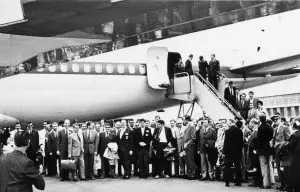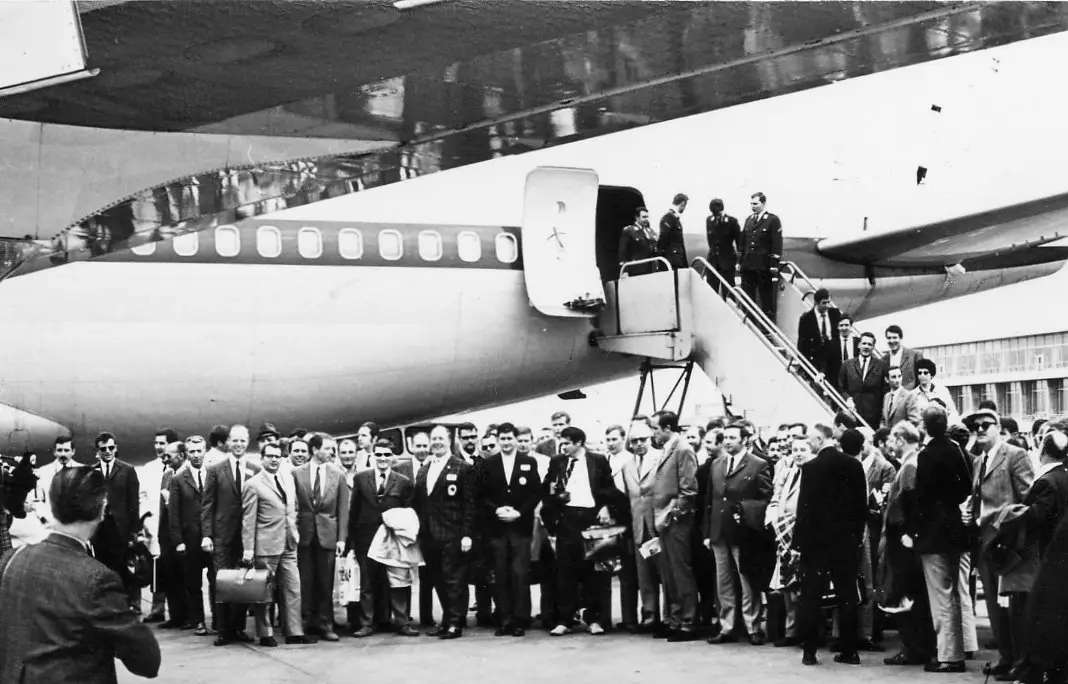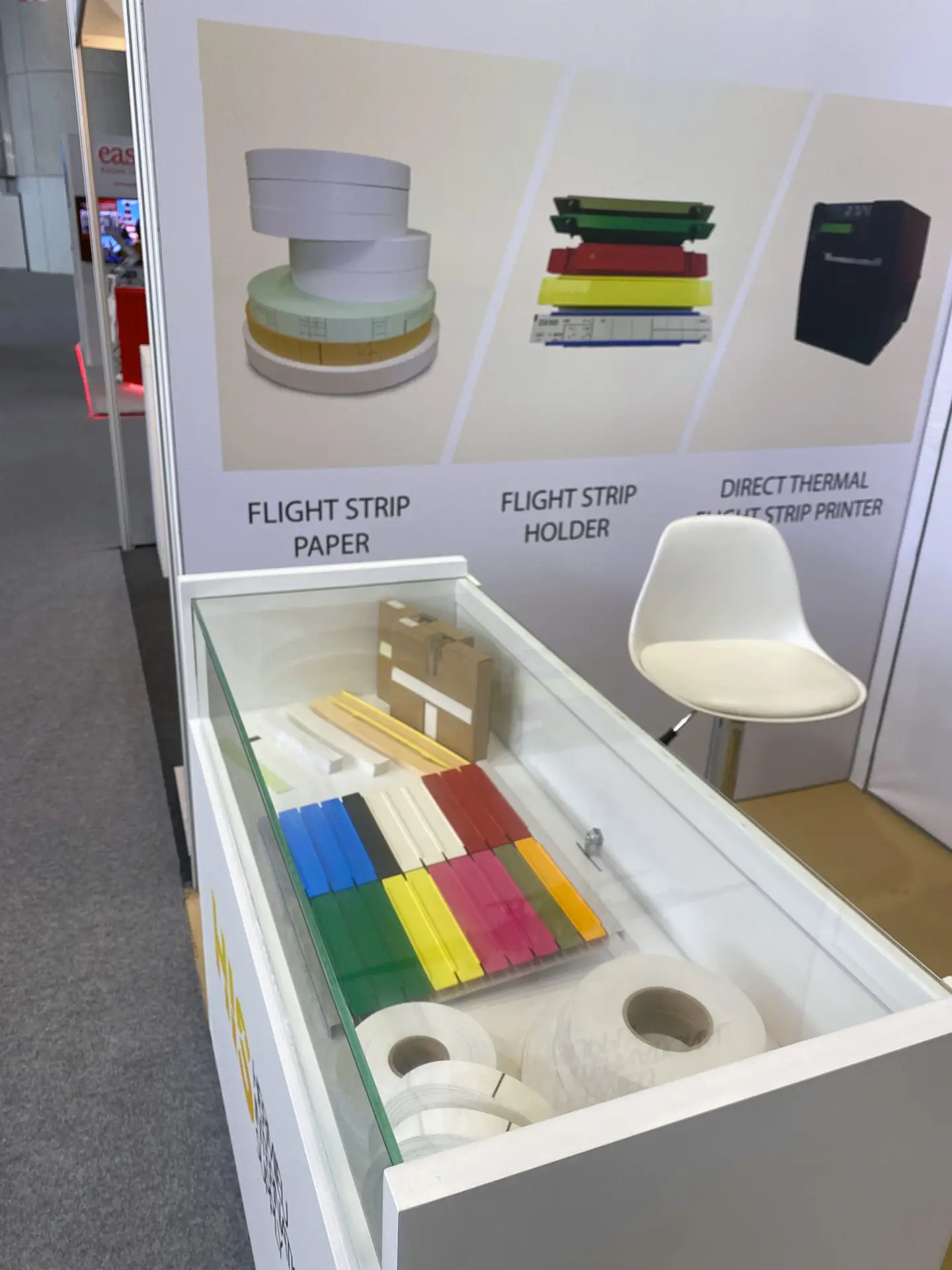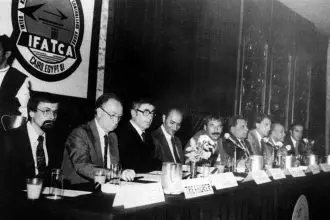
by Philippe Domogala
IFATCA Contributing EditorAfter the constitutional meeting in Amsterdam in 1961, the first eight IFATCA conferences (1962-1969) were all held in Europe, where most member associations were based. Of the 26 Member Associations IFATCA had at the decade’s end, 19 were based in Europe. Nevertheless, the Federation decided to hold its 1970 Annual Conference in Montréal, Canada.
Transatlantic air travel in that era was still quite exotic and very expensive: a return ticket cost around 1000 USD, or at least one monthly salary of an air traffic controller in Europe at the time. To bring the bulk of the delegates to Canada, two German controllers, Arnold Birnbaur and Horst Guddat, came up with an ambitious plan. They convinced the German Air Force to ferry the 100 or so delegates from Cologne, Germany to Canada in one of their Boeing 707s. Arrangements were made with countries to be overflown, such as Air Canada and the airport in Montreal, to get necessary permissions and to reduce (or even waive) landing and other fees due. The flight had a special R/T call sign: IFATCA70. As a result, around 100 delegates from 18 countries travelled from Germany to attend the conference in Montréal. Needless to say, the ambience on board was quite very festive. One of the aims of this gesture was to consolidate civil-military cooperation, and that objective was definitively met!
The 1970 conference also saw a marked hike in the number of non-European Member Associations join, including Australia, the Netherlands Antilles, South Africa, and the USA. Interestingly, two U.S. associations applied for membership: ATCA and PATCO. When ATCA gracefully withdrew during the conference, PATCO was voted in.


One of the main topics discussed during this conference was Human Factors. The first policies on the maximum working hours per week (32), minimum break time (45-minute paid break every 2 hours), maximum time on the position set at 23.55 hours a week, retirement age, etc., are all still valid today.
Interestingly, the conference also defined a policy on automation, a futuristic concept in those days. Remarkably, this policy would hold up well in today’s discussions about digitalization and Artificial Intelligence: “Automation, whatever it will look like, will always remain an auxiliary means for solving future problems.”









